What is a Capping Machine for Bottles and How Can It Benefit Your Production Line?
In today's fast-paced manufacturing environment, the efficiency of production lines is paramount, particularly in the beverage and pharmaceutical industries. A recent report from Grand View Research highlights that the global capping machines market is projected to reach USD 2.4 billion by 2025, growing at a CAGR of 5.2%. This significant growth underscores the increasing importance of automation and machine efficiency in bottling operations.
 A capping machine for bottles plays a crucial role in enhancing production efficiency by ensuring consistent sealing and reducing contamination risks. By integrating advanced capping technology, manufacturers can not only improve output but also maintain product integrity, thereby meeting regulatory standards and consumer expectations. As companies strive to optimize their operations, understanding the benefits of these machines becomes essential for maintaining a competitive edge in the market.
A capping machine for bottles plays a crucial role in enhancing production efficiency by ensuring consistent sealing and reducing contamination risks. By integrating advanced capping technology, manufacturers can not only improve output but also maintain product integrity, thereby meeting regulatory standards and consumer expectations. As companies strive to optimize their operations, understanding the benefits of these machines becomes essential for maintaining a competitive edge in the market.
Understanding the Basics of Capping Machines: What They Are and How They Work
Capping machines are essential components in production lines that handle bottled products, ranging from beverages to pharmaceuticals. At their core, these machines are designed to securely seal bottles with caps, ensuring the integrity and longevity of the contents. Various types of capping machines exist, including spindle cappers, snap cappers, and pressure-sensitive cappers, each tailored for specific types of bottles and caps. Understanding their mechanics is crucial for optimizing production efficiency. These machines typically operate through automation—either mechanically or via servo motors—enabling precise placement and torque application to securely fasten caps without damaging the bottles or compromising product safety.
Incorporating a capping machine into your production line brings numerous benefits. Firstly, it significantly reduces labor costs and increases output, allowing for consistent quality and speed that manual capping simply cannot match. Moreover, modern capping machines are equipped with adjustable settings, enabling them to handle various bottle sizes and cap types with ease. This versatility not only expands production capabilities but also minimizes downtime associated with changeovers. Ultimately, investing in a reliable capping machine can enhance overall production efficiency while meeting stringent industry standards, leading to improved customer satisfaction and trust in your product.
Capping Machines Production Efficiency
This chart illustrates the efficiency of different capping methods in terms of the number of bottles capped per hour. As depicted, automatic capping machines offer significant advantages in production speed compared to manual and semi-automatic methods.
Types of Capping Machines: Choosing the Right One for Your Bottling Needs
When it comes to bottling operations, selecting the right capping machine is crucial for ensuring product quality and operational efficiency. There are various types of capping machines available, each designed for specific bottle types and production volumes.
For instance, semi-automatic capping machines are ideal for smaller operations, providing flexibility and ease of use. On the other hand, fully automatic capping machines can handle high-speed production lines, achieving speeds of up to 600 bottles per minute, making them suitable for large manufacturers.
Choosing the right capping machine not only depends on your production needs but also on the type of closure being used. For example, if you're working with screw caps, a screw capping machine with torque control features ensures that bottles are sealed correctly without damaging the product.
According to industry reports, ensuring a proper seal can reduce product spoilage by as much as 30%, directly impacting profitability.
Tip: Assess your production line layout before selecting a capping machine to ensure compatibility with other equipment.
Tip: Consider the types of bottles and closures you'll be using long-term, as some machines can be adapted for various kinds. By investing time in choosing the right capping solution, you can streamline production processes and enhance overall efficiency.
Benefits of Using Capping Machines in Your Production Line Efficiency
 Capping machines are essential components in modern production lines, especially for industries dealing with bottled products. One of the primary benefits of implementing these machines is the significant boost in efficiency they provide. Unlike manual capping, which can be time-consuming and prone to human error, capping machines operate at high speeds, ensuring that bottles are sealed quickly and consistently. This automation not only reduces labor costs but also minimizes the risk of product contamination and spillage during the capping process.
Capping machines are essential components in modern production lines, especially for industries dealing with bottled products. One of the primary benefits of implementing these machines is the significant boost in efficiency they provide. Unlike manual capping, which can be time-consuming and prone to human error, capping machines operate at high speeds, ensuring that bottles are sealed quickly and consistently. This automation not only reduces labor costs but also minimizes the risk of product contamination and spillage during the capping process.
Moreover, utilizing capping machines contributes to improved product integrity and brand reputation. These machines are designed to apply the right amount of torque, ensuring that each cap is sealed securely, which is vital for maintaining the freshness and quality of the product inside. Enhanced capping consistency also leads to fewer product returns and increases customer satisfaction, as consumers can trust that each bottle is well-sealed.
As production lines look to keep pace with growing demand, the integration of capping machines serves as a strategic move to optimize operations and enhance overall productivity.
How Capping Machines Improve Product Quality and Consistency
Capping machines play a crucial role in the bottling process by ensuring that containers are securely sealed, which is vital for maintaining product quality. The precision offered by modern capping machines significantly reduces the likelihood of inconsistencies that can arise from manual capping methods. By utilizing advanced technology, these machines achieve uniform pressure and torque, ensuring that each cap is applied correctly every time. This consistency not only enhances the appeal of the product but also prevents contamination and spoilage, leading to longer shelf life and improved customer satisfaction.

Key Considerations for Integrating Capping Machines into Your Operations
Integrating capping machines into your production line can significantly enhance operational efficiency and product consistency. With the demand for high-speed manufacturing, utilizing advanced capping technologies will help minimize labor costs while maximizing output. Capping machines automate the sealing process, ensuring that every bottle is securely closed, which is critical in industries such as food and beverage, pharmaceuticals, and cosmetics. This automation not only reduces the chances of product contamination but also maintains the integrity of the contents, ultimately benefiting your brand reputation.
When considering the integration of capping machines, it's essential to assess how these machines can fit into your existing supply chain management (SCM) practices. Leveraging machine learning techniques can help optimize the capping process by providing insights into production metrics and inventory levels. Additionally, addressing challenges such as equipment compatibility and maintaining optimal production flow should be prioritized. By taking a holistic approach to capping machine implementation, you can ensure your operations are not only streamlined but also adaptable to future technological advancements and market demands.
What is a Capping Machine for Bottles and How Can It Benefit Your Production Line?
| Feature | Benefits | Considerations |
|---|---|---|
| Speed | Increases production output by capping bottles quickly. | Ensure the machine can handle your required speed. |
| Versatility | Can accommodate various sizes and types of caps. | Check for compatibility with your bottle types. |
| Labor Savings | Reduces the need for manual capping, cutting labor costs. | Consider training for staff to operate machines efficiently. |
| Consistency | Ensures uniform application of caps to maintain product quality. | Regular maintenance is necessary to ensure consistent performance. |
| Integration | Easily integrates with existing production line for streamlined processes. | Evaluate space and compatibility with current equipment. |






30 Beach Street, Mt Vernon, NY 10550
914-239-3878 sale@bbqmachine.com
© 2025 by TurboFil Packaging Machines, LLC
© 2025 by TurboFil Packaging Machines, LLC


 Skip to content
Skip to content